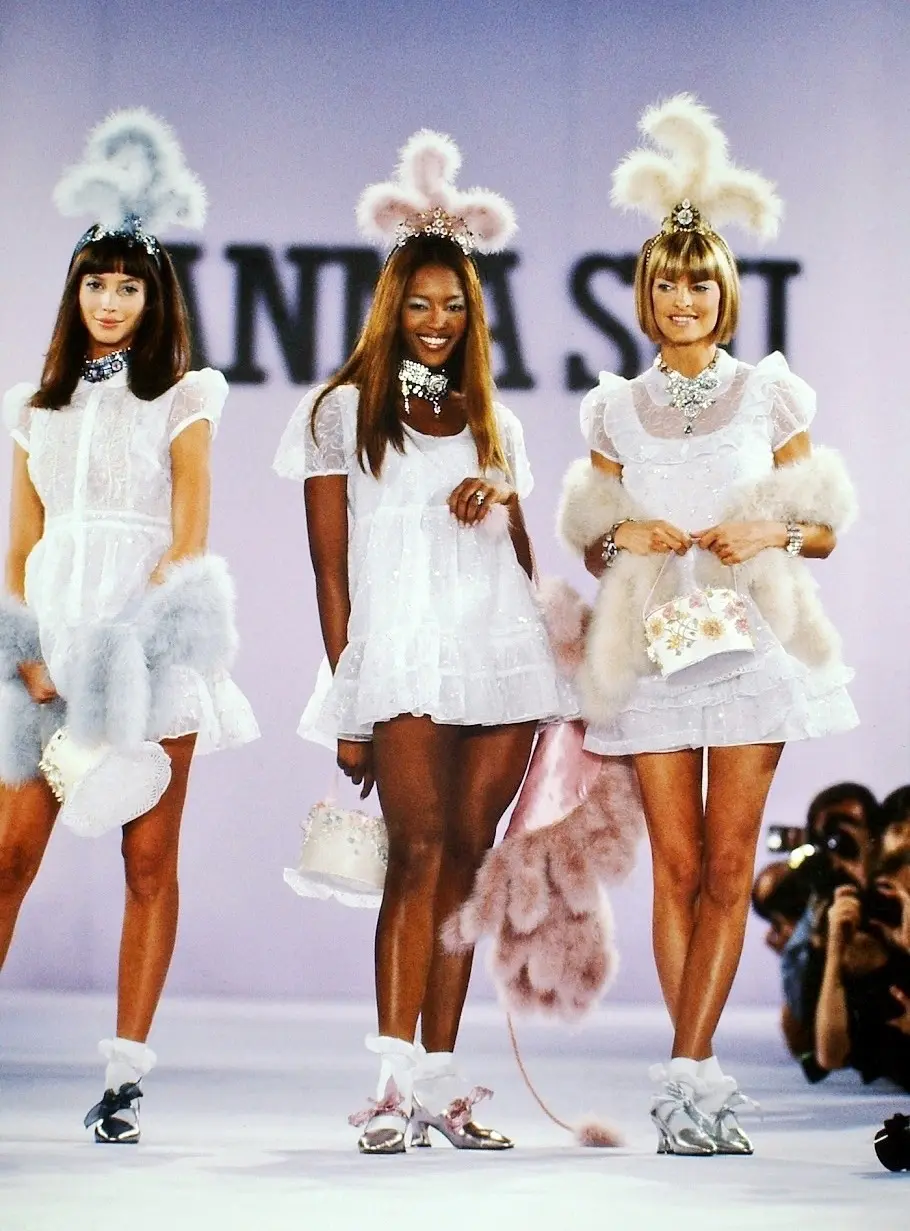American fashion has never been just about clothes. It’s a mirror of society, culture, rebellion, and reinvention. From the frontier ruggedness of denim to the high-tech, AI-influenced trends of 2025, the evolution of American fashion is as diverse as the nation itself. Let’s take a journey through the decades and explore how American style has reflected, and shaped, the times.
1920s: The Birth of American Cool
The Roaring Twenties were all about liberation and breaking boundaries. With the rise of jazz, flappers, and speakeasies, American fashion began distancing itself from European traditions. Women ditched corsets for drop-waist dresses and bobbed hair. Men embraced tailored suits, wide lapels, and fedoras.
Keyword variation: “1920s fashion trends in America”
1940s: Utility and Patriotism
During World War II, fashion reflected a more utilitarian and patriotic tone. Fabric rationing led to simpler silhouettes, shorter hems, and minimal ornamentation. The iconic “Rosie the Riveter” jumpsuit and military-inspired jackets became symbols of strength and functionality.
1950s: The Age of Elegance
Post-war optimism brought back full skirts, cinched waists, and a return to glamour. Think Audrey Hepburn, saddle shoes, and letterman jackets. Youth culture began to influence mainstream fashion, planting the seeds for the style revolutions to come.
Keyword variation: “classic American fashion of the 1950s”
1960s: Revolution on the Runway
The 60s weren’t just political—they were sartorial revolutions. Fashion became a form of protest and self-expression. From psychedelic prints to mini skirts and bell-bottoms, this was the decade when American fashion truly found its rebellious voice.
1970s: Disco, Denim, and Diversity
The 70s embraced individuality and cultural fusion. Disco glam met boho chic. Denim flared out, leisure suits dazzled, and Afrocentric fashion gained momentum. Fashion magazines began featuring more diverse models and styles.
1980s: Bold, Brash, and Branded
Excess was the keyword. Shoulder pads, neon, logo mania, and designer jeans ruled. MTV turned fashion into pop culture. Brands like Calvin Klein, Tommy Hilfiger, and Ralph Lauren became household names.
Keyword variation: “80s fashion in America”
1990s: Minimalism Meets Grunge
The pendulum swung to anti-fashion. Grunge, hip-hop, and minimalism dominated the streets and the runways. Think Nirvana flannel, oversized jeans, and crop tops. It was all about authenticity and attitude.
2000s: Fast Fashion and Pop Icons
This era saw the rise of fast fashion (hello, Forever 21), influenced heavily by celebrity culture. Paris Hilton, Britney Spears, and early Kanye West helped define a flashy, brand-heavy aesthetic. Low-rise jeans, trucker hats, and logo bags ruled.
2010s: The Rise of Influencers
Social media changed everything. Instagram and YouTube made influencers the new fashion authorities. Streetwear took over the runway, sustainability entered the conversation, and brands scrambled to stay relevant online.
Keyword variation: “fashion influencers in the 2010s”
2020s-2025: Tech-Infused and Inclusive
Welcome to now. Fashion in 2025 is digital-first, deeply inclusive, and sustainability-focused. AI tools help design clothes. Virtual try-ons are standard. Adaptive fashion for all bodies and abilities is on the rise. Genderless collections are becoming mainstream, and climate-conscious materials are leading innovation.
American fashion is no longer just about looking good—it’s about being intentional, expressive, and inclusive.
What’s Next?
If history is any indicator, American fashion will continue to evolve with society. As tech continues to influence creativity and global voices gain prominence, expect more innovation, more collaboration, and more democratization of style.
In other words, fashion’s next frontier is you.
TechnologyHQ is a platform about business insights, tech, 4IR, digital transformation, AI, Blockchain, Cybersecurity, and social media for businesses.
We manage social media groups with more than 200,000 members with almost 100% engagement.









































